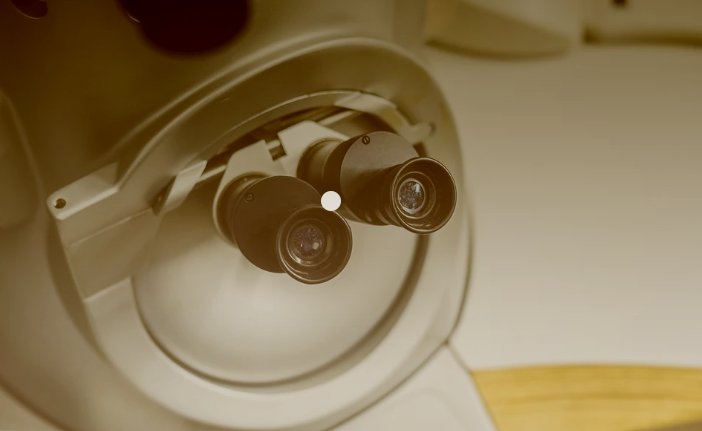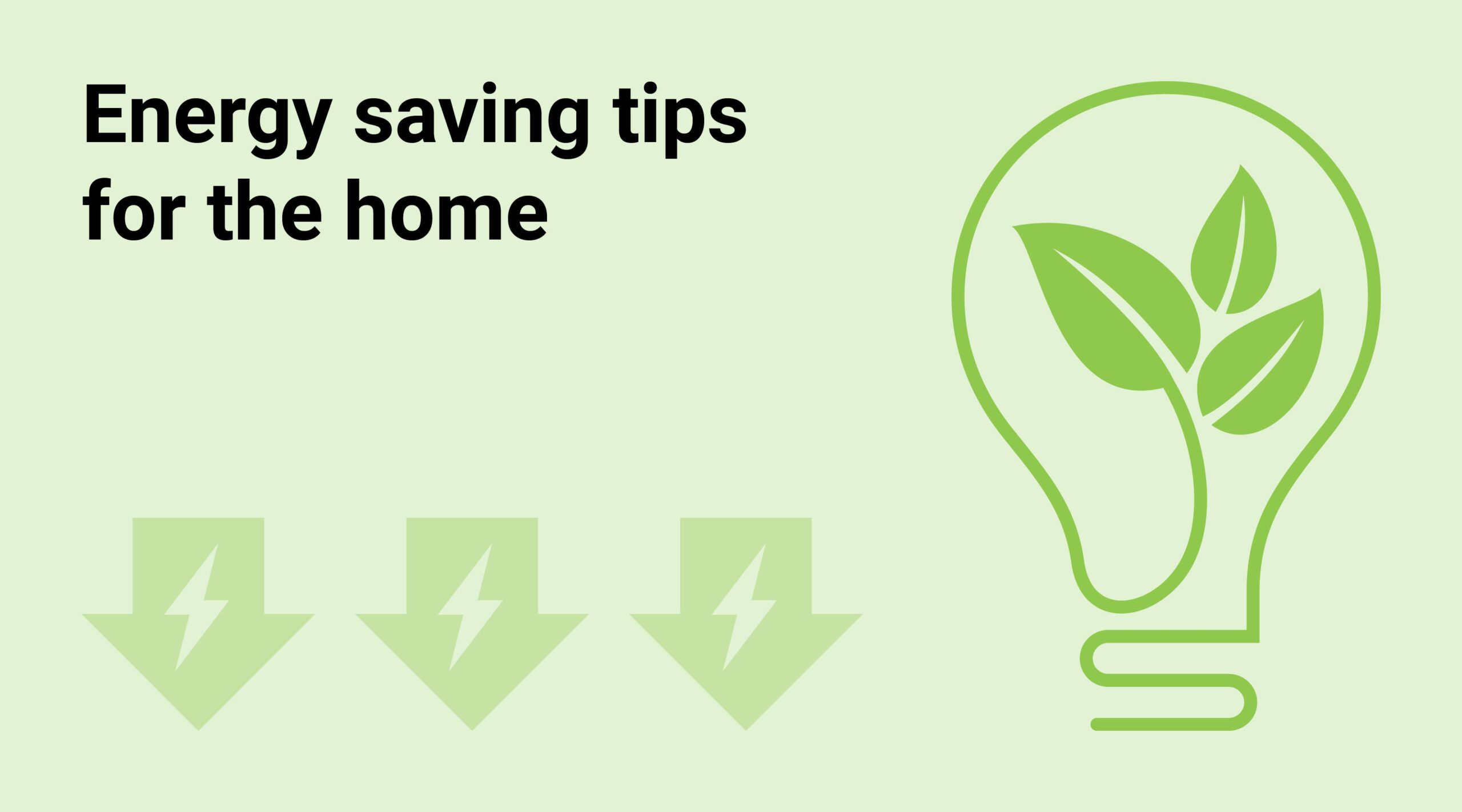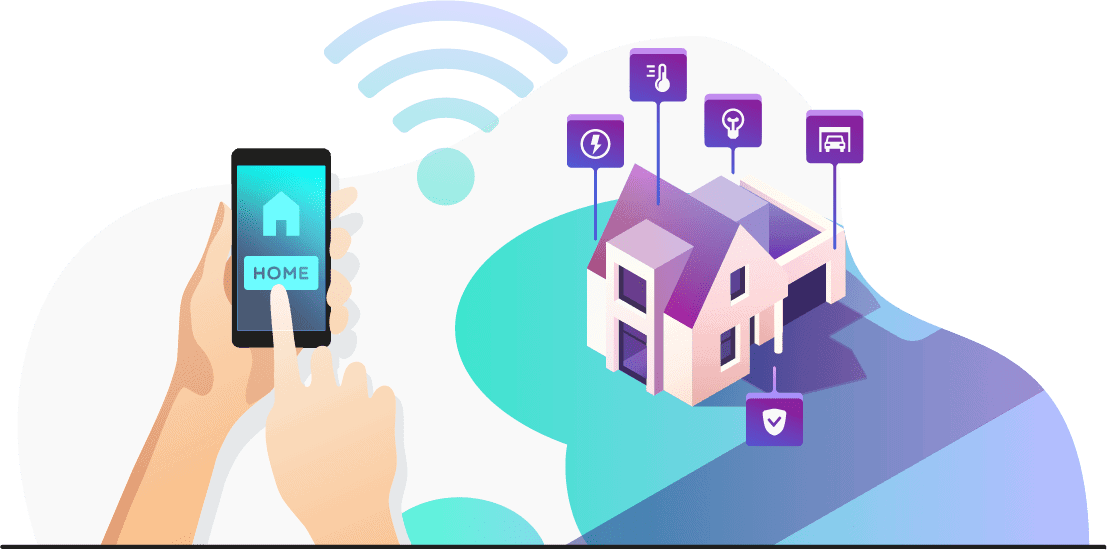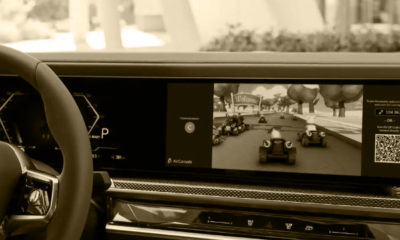Technology
New ghost image algorithm creates a higher resolution image

Although the electron microscope can reveal details down to one nanometer, ongoing exploration aims to overcome limitations for creating higher resolution images. As well as limiting image quality and reducing samples’ optic cure. An aberration is a common problem in electron microscopy. It can reduce the resolution and quality of the images produced.
Further about the microscope
fresh complex phase and breadth control is needed in these microscopes. A transnational exploration group led by Akhil Kallepalli working within the Optics Group at the University of Glasgow. They set out to break the problem. Working from an optic perspective, a new ghosting algorithm was developed and tested and set up to produce an advanced resolution and discrepancy image under lower luminous flux illumination, potentially reducing sample damage.
optic modulation is needed for better control of lighting strategies. Modulation in optics is the process of changing the parcels of light swells to render information. It’s used in optic communication systems and colorful operations similar to spectroscopy and imaging. numerous types of modulators have been available in the field of optics for a long time.
still, there are no modulators available for electron microscopy. The perpetuation of complex phase and breadth control to reduce phase crimes and ameliorate. They are nonstop imaging in electron microscopy remains a challenge.
The system
The authors applied computer ghosting, an optic approach to electron microscopy, and cooked a new algorithm to break the problem. The approach inverts knowledge of the projected patterns and their measured transmission to reconstruct the image. This allows us to measure the transmittance of the sample when illuminated with further complex spatial patterns.
In this system, the performing shape of the light field in the airplane of the object can be calculated using numerical ray spreading ways, allowing lensless and far-field perpetration. thus, the reckoned phantom image can be used for transmission electron microscopy imaging.
In optic procedures, spatial light modulators can be used to insure the orthogonality of image patterns. still, it’s delicate to guarantee between-sample orthogonality when using explosively constrained or natural friction modulators. This new algorithm designed by the authors makes optimal use of the samples anyhow of their orthogonality. His new system is called” orthogonalized ghosting.”
Orthogonalized ghosting
The authors tested their system in two ways. First, an optic trial analogous to the transmission electron microscope system was performed. This trial tested the lighting strategy and the robustness of the algorithm against non-orthogonality. They also tested their system using a transmission electron microscope.
trials have shown that the authors’ tiptoeing algorithm produces an advanced-resolution image reconstruction with better discrepancy than the more common online ghosting algorithm. The new algorithm improves imaging capabilities at any wavelength and is robust against the non-orthogonality of sample sets, enabling effective operations in both light and electron microscopy.
In the composition’s excursus, the authors punctuate some findings related to damage to electron microscope samples that could be reduced by their system. unborn developments can be used to further optimize image resolution or speed during light and electron microscopy imaging.
Technology
Powerful Strategies: Top 10 Tips to Drastically Reduce Your Home Electricity Bills

In today’s world, where the cost of living continues to rise, finding effective ways to reduce electricity bills has become a pressing concern for many households. This article presents a comprehensive guide with the top 10 strategies to not only cut down on energy costs but also promote a more sustainable and eco-friendly lifestyle. Let’s delve into these powerful tips that can lead to significant savings and contribute to a greener planet.
1. Conduct a Comprehensive Home Energy Audit:
The first step towards reducing electricity bills is to understand your home’s energy consumption. To begin with, perform a thorough energy audit, identifying areas of improvement such as energy-draining appliances, insulation issues, and potential drafts. Online tools and professional audits can provide valuable insights into your energy usage patterns.
2. Upgrade to Smart Thermostats:
Investing in a smart thermostat is a game-changer for energy efficiency. These devices learn your heating and cooling preferences, adjusting the temperature based on your habits. Consequently, this not only enhances comfort but also leads to substantial energy savings over time.
3. Embrace Energy-Efficient Appliances:
Replace outdated appliances with ENERGY STAR-rated models. These appliances are specifically designed to consume less energy while maintaining optimal functionality. From refrigerators to washing machines, upgrading to energy-efficient options significantly contributes to reducing electricity bills.
4. Unplug Devices When Not in Use:
Combat phantom energy consumption by regularly unplugging devices and chargers when they’re not actively in use. Even in standby mode, electronic devices continue to draw power, contributing to unnecessary energy expenditure.
5. Switch to LED Bulbs:
Make the transition to LED or CFL bulbs. These energy-efficient alternatives not only consume less energy but also have a longer lifespan, thereby reducing the frequency of replacements. Consequently, switching to LED lighting is a simple yet impactful step towards lowering your electricity bills.
6. Seal Leaks and Optimize Insulation:
Addressing drafts and optimizing insulation in your home is crucial for regulating indoor temperatures. Sealing leaks around windows and doors prevent heat loss or gain, thus reducing the strain on heating and cooling systems and leading to substantial energy savings.
7. Regular HVAC Maintenance:
Schedule regular maintenance for your Heating, Ventilation, and Air Conditioning (HVAC) system. Cleaning or replacing filters, addressing leaks promptly, and ensuring optimal efficiency can significantly contribute to reducing electricity bills.
Related Article: Slash Your Electric Bill by 90% with This Simple Trick
8. Invest in Solar Power:
Explore the possibility of installing solar panels on your property. While the initial investment may be substantial, solar panels harness the power of the sun, providing a clean and renewable energy source that can lead to long-term savings.
9. Leverage Wind Energy Options:
In regions with favorable wind conditions, consider harnessing wind energy through small-scale wind turbines or community wind projects. Wind power adds another dimension to your efforts to reduce electricity bills while embracing renewable energy.
10. Take Advantage of Financial Incentives:
Many utility companies offer rebates or discounts for customers who invest in energy-efficient technologies. Additionally, government programs and tax credits may further offset the initial costs of implementing these strategies, making it a financially savvy decision.
Conclusion:
Reducing electricity bills is not only about saving money but also about adopting a more sustainable and responsible lifestyle. By incorporating these top 10 strategies into your daily routine, you can make a significant impact on your energy consumption and costs. Start implementing these powerful tips today and embark on a journey towards a more energy-efficient and eco-friendly home.
Technology
Slash Your Electric Bill by 90% with This Simple Trick

Introduction:
In today’s landscape of escalating energy costs and environmental concerns, finding effective ways to reduce electric bills is a top priority for many households. This comprehensive guide unveils a revolutionary method, a single trick capable of potentially slashing your electric bill by an impressive 90%. Let’s delve into the details of this energy-saving secret and learn how to implement it for maximum efficiency in your daily life.
Understanding the Current Energy Landscape:
Before exploring the trick, it’s crucial to comprehend the current energy landscape. With electricity costs on the rise and a growing emphasis on environmental sustainability, individuals seek sustainable and cost-effective solutions. The 1 simple trick we are about to unveil not only addresses these concerns but also offers a practical and accessible approach suitable for everyone.
The Power of Smart Home Automation:
The key to a substantial reduction in your electric bill lies in embracing smart home automation. This innovative technology allows you to control and optimize your home’s energy usage effortlessly. By integrating smart devices and systems, you gain the ability to monitor, manage, and adjust your energy consumption in real-time.
Smart Thermostats: A Game-Changer for Energy Efficiency:
One of the most impactful components of the 1 simple trick is the adoption of a smart thermostat. Traditional thermostats often lead to energy wastage, operating on fixed schedules and heating or cooling empty spaces. Smart thermostats, on the other hand, learn from your habits, adjusting temperature settings based on your preferences and presence. This not only enhances comfort but also significantly reduces energy consumption.
The Role of Energy-Efficient Appliances:
In conjunction with smart thermostats, upgrading to energy-efficient appliances amplifies the effectiveness of the trick. Modern appliances, designed with energy-saving features, consume significantly less electricity without compromising performance. We’ll explore the top-rated energy-efficient appliances that complement the smart home automation approach, providing you with a comprehensive strategy to cut your electric bill.
Harnessing Solar Power for Sustainable Savings:
To achieve the full potential of the 1 simple trick, consider incorporating solar power into your home. Solar panels capture the sun’s energy and convert it into electricity, offering a clean and renewable energy source. Advances in solar technology have made it more accessible and affordable for homeowners, contributing to long-term energy savings and environmental benefits.
The Financial Incentives of Energy Efficiency:
Beyond the immediate reduction in your electric bill, embracing energy efficiency and smart home automation often comes with financial incentives. Many utility companies offer rebates or discounts for customers who invest in energy-efficient technologies. Additionally, government programs and tax credits may further offset the initial costs of implementing the 1 simple trick, making it a financially savvy decision.
Practical Steps to Implement the Trick:
To implement this 1 simple trick effectively, we’ll guide you through the practical steps involved, from selecting the right smart thermostat to choosing energy-efficient appliances and exploring solar options. With easy-to-follow instructions, you can embark on the journey to cut your electric bill without compromising your lifestyle.
Conclusion:
In conclusion, the 1 simple trick to cut your electric bill by 90% is rooted in the power of smart home automation, energy-efficient appliances, and harnessing solar energy. By adopting these practices, you not only enjoy immediate savings but also contribute to a more sustainable and eco-friendly future. Explore the possibilities, empower your home with technology, and witness the transformative impact on your energy consumption and costs.
Technology
What is a VPN | How VPNs Work

In the ever-evolving landscape of the digital age, online privacy and security have become paramount concerns for individuals and businesses alike. Virtual Private Networks, commonly known as VPNs, play a crucial role in safeguarding our online activities by creating a secure and private connection over the Internet. This article aims to provide a comprehensive understanding of VPNs, their functionalities, and a step-by-step guide on how to use them effectively.
1. What is a VPN?
A. Definition and Purpose:
A Virtual Private Network (VPN) is a technology that establishes a secure and encrypted connection over the internet, allowing users to access resources, browse the web, and communicate while maintaining privacy and security. The primary purpose of a VPN is to create a private network over a public one, ensuring that sensitive data remains confidential and protected from potential threats.
B. How VPNs Work:
VPNs operate by encrypting data traffic between the user’s device and the VPN server, preventing unauthorized access and interception. This encryption process utilizes various protocols, such as OpenVPN, L2TP/IPsec, and IKEv2/IPsec, each offering different levels of security and performance.
2. Why Use a VPN?
A. Privacy Protection:
One of the main reasons individuals and organizations use VPNs is to enhance privacy. By masking the user’s IP address, VPNs prevent third parties, including ISPs (Internet Service Providers) and hackers, from monitoring online activities. This is particularly important when using public Wi-Fi networks, where the risk of data interception is higher.
B. Security Enhancement:
VPNs add an extra layer of security by encrypting data, making it challenging for cybercriminals to decipher and exploit. This is crucial for safeguarding sensitive information, such as login credentials, financial transactions, and business communications.
C. Bypassing Geo-restrictions:
VPN services allow users to access content that may be restricted based on geographical location. By connecting to a server in a different region, users can bypass geo-restrictions and access websites, streaming services, or online content that might otherwise be unavailable.
3. How to Use a VPN
A. Choosing a VPN Service:
Before using a VPN, it’s essential to select a reliable and reputable VPN service provider. Factors to consider include the provider’s privacy policy, server locations, encryption protocols, and user reviews. Popular VPN services include ExpressVPN, NordVPN, and CyberGhost.
B. Installing and Configuring the VPN:
1. Download and Install the VPN Client:
After selecting a VPN provider, visit their website to download the appropriate client for your device and operating system. Most VPN services support various platforms, including Windows, macOS, iOS, and Android.
2. Create an Account:
To use the VPN service, you’ll need to create an account on the provider’s website. This account will often require a username, password, and sometimes payment information for premium services.
3. Configure VPN Settings:
Once the client is installed, launch the application and log in with your credentials. Configure the VPN settings based on your preferences, such as choosing a server location, selecting the desired encryption protocol, and enabling features like a kill switch for added security.
C. Connecting and Disconnecting:
1. Select a Server:
Choose a server location from the available options provided by the VPN service. The server location can impact your internet speed and the ability to access region-specific content.
2. Connect to the VPN:
Click the “Connect” button within the VPN client to establish a secure connection to the chosen server. Once connected, your IP address will be masked, and your internet traffic will be encrypted.
3. Disconnect from the VPN:
When you’re done using the VPN, simply click the “Disconnect” button within the VPN client to revert to your regular internet connection.
4. Tips for Using VPNs Effectively
A. Regularly Update the VPN Client:
To ensure optimal security and performance, keep the VPN client up to date by installing updates and patches released by the provider.
B. Choose the Right Server:
Selecting the appropriate server location is crucial for achieving the desired online experience. If privacy is your main concern, connect to a server in a privacy-friendly jurisdiction.
C. Understand Limitations:
While VPNs offer increased privacy and security, they may not make you completely anonymous online. Be aware of the limitations and use additional security measures as needed.
Conclusion:
In conclusion, Virtual Private Networks are powerful tools that empower individuals and organizations to secure their online activities, protect sensitive information, and bypass geo-restrictions. By understanding what VPNs are, why they are essential, and how to use them effectively, users can take control of their online privacy and enjoy a safer and more secure digital experience. As technology continues to advance, the role of VPNs in safeguarding our online world is likely to become even more crucial.
-

 News2 years ago
News2 years agoBMW will bring casual video games to its curved screen in 2023
-

 anime1 year ago
anime1 year agoMillions of anime fans will love this new feature on Sony TV
-

 cars1 year ago
cars1 year ago5Aston Martin Valkyrie Review 2023
-

 Games1 year ago
Games1 year ago15 must have games for Android: discover the best mobile gaming experiences
-

 Mobiles1 year ago
Mobiles1 year agoThe 5 Best Productivity Apps and Tools to Get Work Done Faster in 2023
-

 Mobiles1 year ago
Mobiles1 year agoMillions of users can access the hidden Netflix update
-

 Games1 year ago
Games1 year agoPokémon Go Spotlight Hour: Can Litten be shiny?
-

 Technology1 year ago
Technology1 year agoa load of JBL headphones available on Amazon
